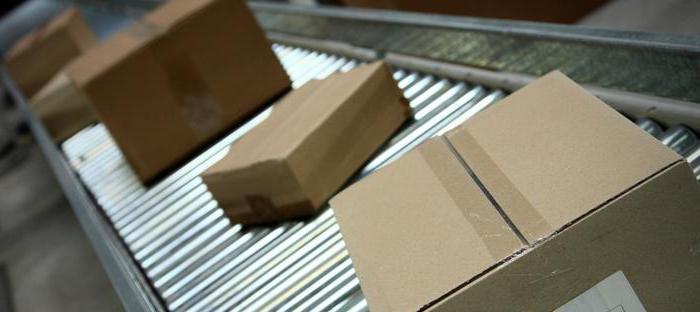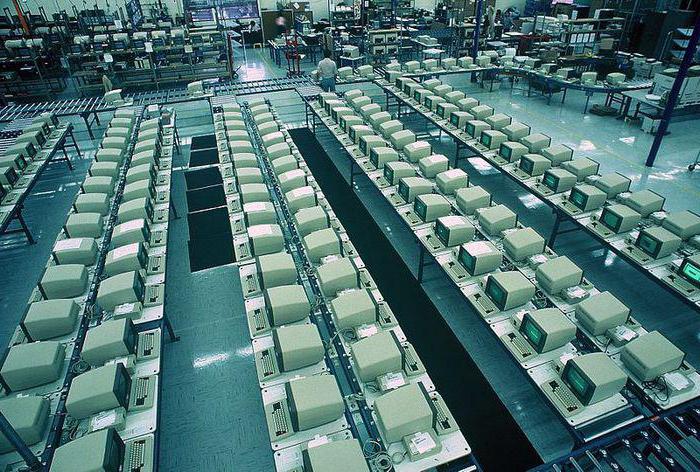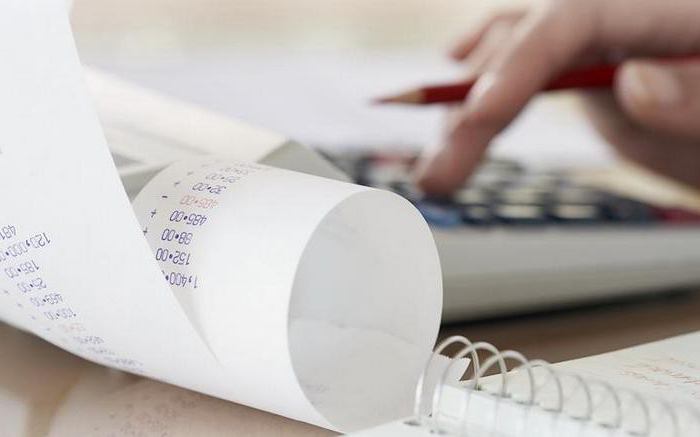Work in progress is products that have not passed all stages of the technological cycle. It also includes work and services completed, but not accepted by the customer. Work in progress - this is the remaining outstanding tasks, semi-finished products of their own manufacture. The definition of the work in progress is present in Art. 319 Tax Code. Let us further consider how the accounting of work in progress is carried out. 
General information
The balances of work in progress at the end of the month are assessed by the payer in accordance with the information from the primary documentation. A specific category of information is used. In particular, information on the movement and residues of materials and raw materials is taken for evaluation. The latter should be quantified. Finished products that have not passed all stages are also taken into account. Work in progress is measured using the method chosen by the payer. It should be fixed in the financial policy of the enterprise. Costs in work in progress are allocated taking into account the appropriateness of expenses for the created products (services provided, work performed).
Nuances
In some cases, it is impossible to attribute direct costs to a specific work in progress. This means that the payer independently determines in their financial policy the mechanism for their distribution. In doing so, he must use economically sound quantities. The amount of the wage balance at the end of the month is included in the direct expenses of the next month. At the end of the reporting period, it relates to the costs of the coming year. 
How is work in progress detected?
As a rule, at enterprises, especially those working in the food industry, there is rarely a complete write-off of expenses on the cost of products. Almost always, by the end of the month a certain balance of work in progress is formed. Its availability and volume will depend on the industry sector of the enterprise, the duration and nature of the process. Residues of the WIP are revealed during the inventory. It is carried out in various ways. For example, it can be actual weighing, volumetric measurements, piece-keeping of work in progress and so on. The choice of method will depend on the specifics of the products. The received data is entered into inventory inventory. In accordance with it, expenses that relate to the wage will be subsequently determined. It should be remembered that the materials and raw materials that are in the workplace, as well as in the pantry workshops, must be issued in separate inventories. According to the WIP, presented in the form of a mixture of raw materials or heterogeneous mass, 2 indicators are given: its total volume and the number of materials acting as components. 
Vedomosti
They are compiled on the basis of the data obtained during the inventory. Vedomosti is drawn up both for the organization as a whole, and for individual sections and places where work in progress is located. This is necessary for the distribution of costs between manufactured products and wages, on the one hand, and certain types of goods - on the other.
Formulas
The distribution of costs between work in progress and finished products is determined in accordance with the balance sheet of these costs. To do this, use the equation:
Z about. m. + NZP n. m. = O + C of the city of item + NZP to. m. + B, where:
- NZP - work in progress;
- With d. P. = Cost of finished products (products);
- Z about.m. - expenses of the reporting month;
- B - expenses for defective products;
- О - cost of returnable raw materials (waste).
The cost of commercial products is calculated as follows:
From the city of settlement = З о. m. + NZP n. m. - B - O - work in progress 
Reflection in balance sheet and reporting
According to the norms of accounting legislation, several articles are provided on which work in progress can be shown: account 20, 23, as well as 29. Reflection in the balance sheet is carried out in several ways. In particular, the following methods are provided:
- At actual or planned (regulatory) production costs.
- For direct expense items.
- At the cost of semi-finished products, material, raw materials.
Characteristic
The most reliable and common is the first option. The essence of the method is that, in accordance with the inventory data, the amount of the wage volume is established at the end of the reporting period. Actual cost is determined by multiplying this amount by the average estimated cost of one unit of work in progress. Estimation of the planned indicator is used in serial or mass production. In this case, the accounting value of the wage unit is calculated, which is calculated by economists. The use of such a price greatly simplifies the process, however, in this case, determining the cost of manufactured products becomes more time-consuming. When applying this option, it is necessary to reflect deviations from the cost of the wage in respect of the planned and actual cost, which is shown on the account. 20. At material-intensive enterprises, the valuation method is used at the price of raw materials and semi-finished products. This option is different in that in the composition of the wage bill in this case there will be only direct costs or only materials. All other expenses will be written off to the cost of finished products. 
Important point
The company needs to choose a method for assessing the wage and salary and fix it in the accounting policy. In this case, you should pay attention to the fact that the payer for the purposes of taxation can independently determine the composition of direct costs. This provision is enshrined in Article 318 of the Tax Code. This allows you to create the same cost composition for both tax and accounting. The payer has the right to calculate the value of the wage in accordance with one method. However, this is allowed only if this selected option is enshrined in the accounting policy and for taxation purposes. One point to consider here. Tax legislation, securing the payer's right to freedom of choice of methodology, indicates that the procedure in accordance with which the distribution of direct costs is carried out must take into account the conformity of the implementation of these costs with manufactured products. Meanwhile, there is no way to determine it in the Tax Code. Accordingly, if the payer liked any method and he decided to use it, there are no obstacles for this. The only thing that is important is not to forget to fix it in financial policy as a way of accounting for the conformity of expenses to manufactured products. 
Calculation Procedure
If the company does not want to change the order of distribution of expenses for the wage, which he established under the requirements of Art. 319, it can do it. Accordingly, it is necessary to consolidate this method in financial policy. In this case, such actions will be a manifestation of the independence of the organization. It should be recalled that in the previous version of clause 1 of Article 319 of the Tax Code, the rules for determining direct costs, which are taken to reduce the base for income tax in the current period, depended on the type of activity of the subject. Food industry enterprises, for example, belong to the processing sector. In this regard, they distribute the amounts of direct costs to the balances of work in progress in the part corresponding to their share in the feedstock, minus technological losses. Calculation of the wage for taxation is carried out in several stages:
- Determining the total amount of expenses to be distributed.
- The calculation of the value of the balance of work in progress at the end of the period.
- Pricing the remaining manufactured items in stock. The cost is calculated at the end of the month.
- Determining the price of shipped but not paid products.

Enterprises engaged in the food industry calculate work in progress sequentially in 4 stages.



